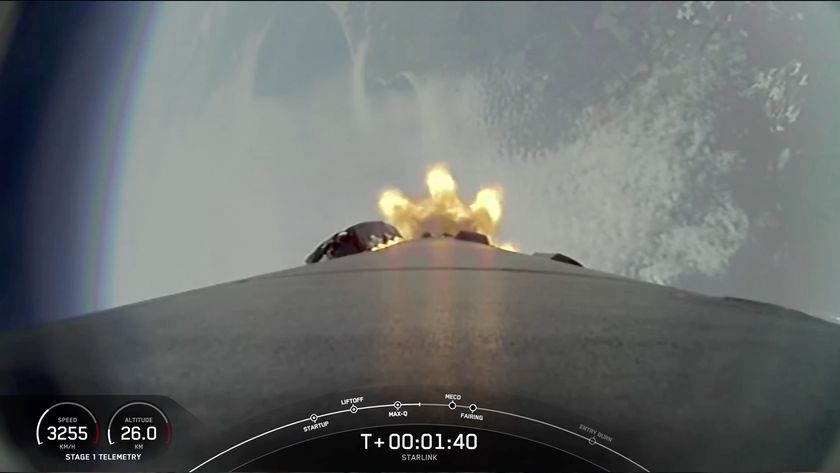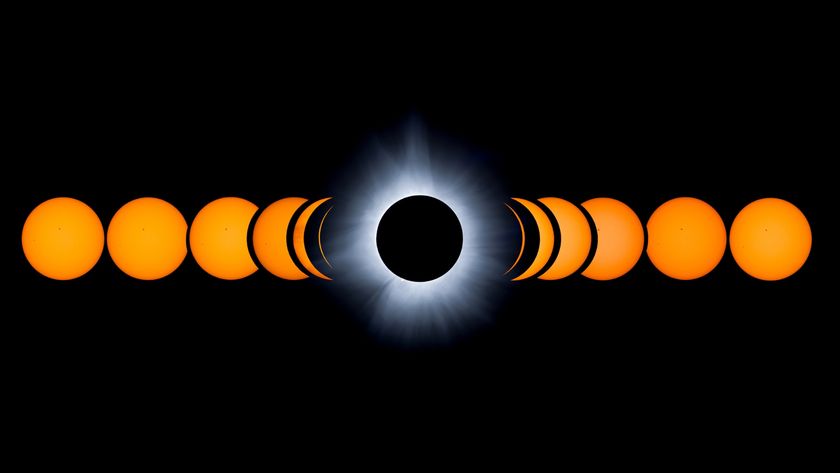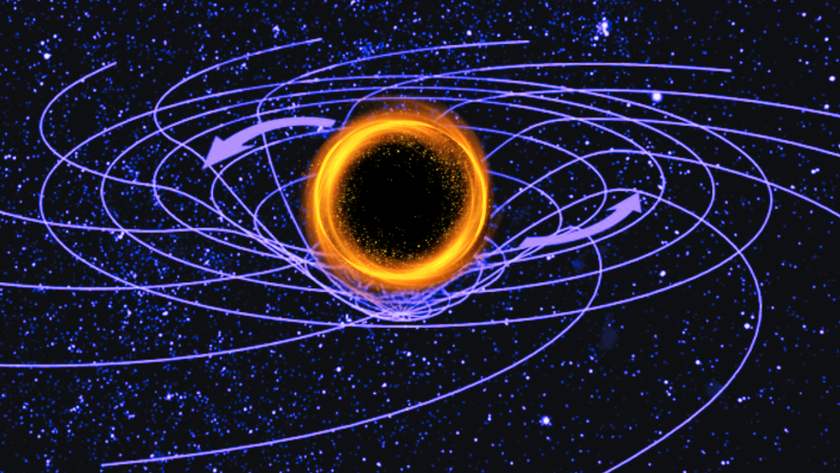'Ask the Astronaut': Tom Jones' Q&A Book Offers Modern Spaceflight Primer
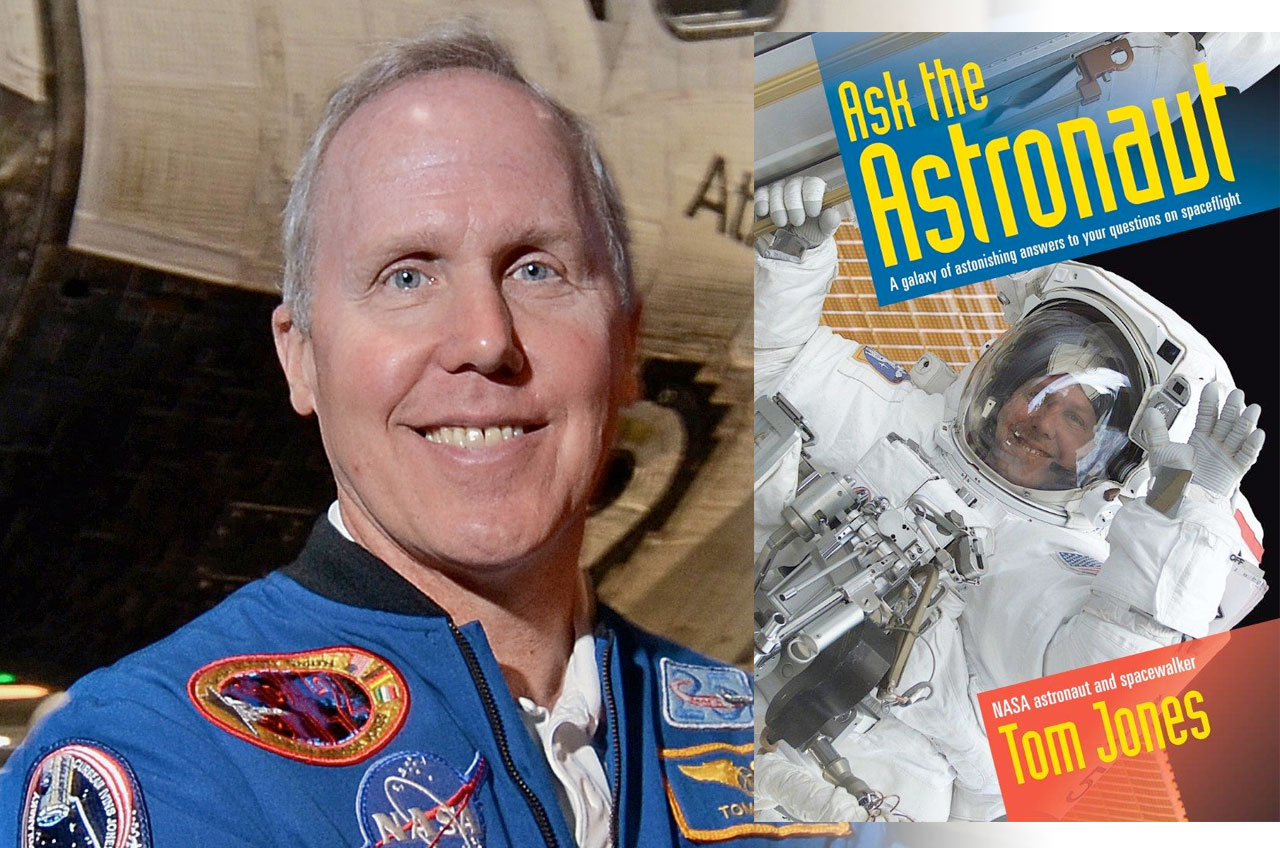
Tom Jones has written an astronaut's primer for a new generation.
In "Ask the Astronaut: A Galaxy of Astonishing Answers to Your Questions on Spaceflight" (Smithsonian, 2016), former astronaut Tom Jones taps into his own history as a space shuttle crew member while building upon two earlier Q&A books written by astronauts who preceded him into space.
"I always enjoyed [the late] Bill Pogue's book, 'How Do You Go to the Bathroom in Space?' and Mike Mullane's book, 'Do Your Ears Pop in Space?'" Jones said in an interview. [Three Ways To Deflect An Asteroid – Tom Jones Explains (Video)]
"Bill flew on Skylab [the United States' first space station in 1973] and wrote his book in the late 1980s when the space shuttle was still brand new. Then, Mike wrote his book ten years later, and so it's heavily oriented towards the shuttle-era and does not talk about Skylab very much."
"Of course, we are now in the 21st century and it has been 20 years since Mike's good book came out, so I thought I could update the concept, but also take it into a timeframe where I could look forward, instead of just me saying, 'Hey, here are my experiences,'" said Jones.
The result is a 260-page guide to everything you wanted to know about spaceflight in the modern era, in the format of 400 questions and answers. Jones even offers his take on the titles of Pogue's and Mullane's books.
"Do your ears pop on the way to orbit?" is answered in a chapter called "Getting to Space," while "How do you go to the bathroom in space?" appears 90 pages in, with Jones' replies about "Living in Space."
Get the Space.com Newsletter
Breaking space news, the latest updates on rocket launches, skywatching events and more!
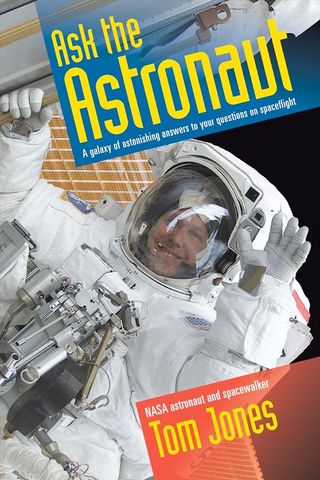
"I thought you'd never ask!" Jones writes, as he tackles the toilet topic.
"It is a popular question, but it is not the top," he explained in his conversation with collectSPACE.com. "I will go to schools filled with first graders through 8th or 9th grade, sometimes in high schools, get through a whole Q&A and they won't have asked that question. You've got the class clowns who will ask it for giggles, so it usually comes up, but not all the time."
Jones compiled the questions for the book from those that have been asked of him at NASA centers and museums, as well as at his many visits to classrooms.
"It was not difficult to come up with a big list," Jones said. "Every speech I give I get one or two new questions, and then a lot I have been asked before. So I knew which ones are the most popular, I knew which ones intrigued me the most and I knew which ones I wanted to expand on a bit."
Not that he, alone, could answer every question he wanted to include in the book based on his history being a NASA astronaut from 1990 through 2001. Jones flew aboard four missions that were each about two weeks long, operating radar studies of the Earth, deploying satellites and adding the U.S. Destiny lab to the International Space Station.
"I always get asked, almost every time, what is it like to re-adapt to Earth when you come back? Are there long-term ill effects? What does it feel like when you come home? So I took my experiences and talked about those," he said.
"But I wanted to know exactly what was the routine was for getting back [after a stay on the space station], what type of medical testing they do and how those are sequenced into the first couple of weeks back on Earth," said Jones. "So I got all those details by talking to the medical staff and researchers [at the Johnson Space Center in Houston] and talking to some space station astronauts to ask, 'What was it like for you?'"
The book covers what it's like for an astronaut living on the International Space Station, which is expected to be inhabited through at least 2024, and then looks beyond the orbiting outpost to commercial flights and missions to explore deep space.
"I certainly think that middle schoolers today will be part of the generation that gets to Mars as adults," Jones said. "If they are 10 years old today, 25 years from now, somebody could easily be in Mars orbit working on Phobos or Deimos and driving rovers on Mars' surface in virtual reality in real time. And then 10 years after that, be on the surface."
"Knowing how old I was when I went to space the first time — I was almost 40 — the middle schoolers of today could easily be those future Martians," he said.
But "Ask the Astronaut" is intended for readers of all ages who have questions about going to space.
"Recognizing that if I wanted to grab future space travelers as an audience, they are the middle schoolers today, so I wanted to start with that kind of accessibility, reading level — no equations, no math — not that astronauts do math in public anyway," said Jones. "Anyone who is older can still read at that level — and maybe they already know the stuff if they are a real space geek — but for most, I think it is an education, a simple primer for spaceflight.”
For more information, see Tom Jones' "Ask the Astronaut" page on Facebook and his website at AstronautTomJones.com.
Follow collectSPACE.com on Facebook and on Twitter at @collectSPACE. Copyright 2016 collectSPACE.com. All rights reserved.
Join our Space Forums to keep talking space on the latest missions, night sky and more! And if you have a news tip, correction or comment, let us know at: community@space.com.

Robert Pearlman is a space historian, journalist and the founder and editor of collectSPACE.com, a daily news publication and community devoted to space history with a particular focus on how and where space exploration intersects with pop culture. Pearlman is also a contributing writer for Space.com and co-author of "Space Stations: The Art, Science, and Reality of Working in Space” published by Smithsonian Books in 2018.In 2009, he was inducted into the U.S. Space Camp Hall of Fame in Huntsville, Alabama. In 2021, he was honored by the American Astronautical Society with the Ordway Award for Sustained Excellence in Spaceflight History. In 2023, the National Space Club Florida Committee recognized Pearlman with the Kolcum News and Communications Award for excellence in telling the space story along the Space Coast and throughout the world.

